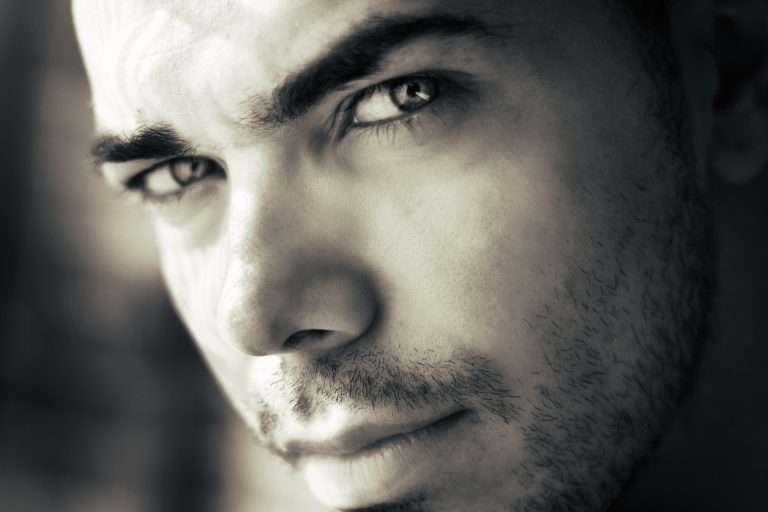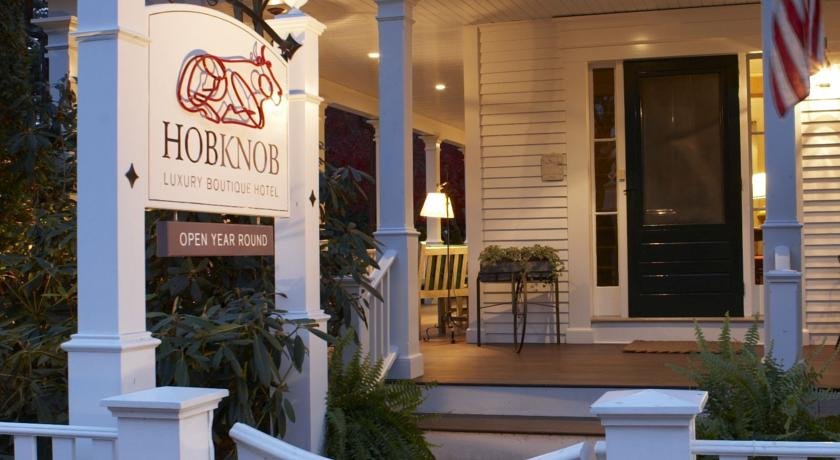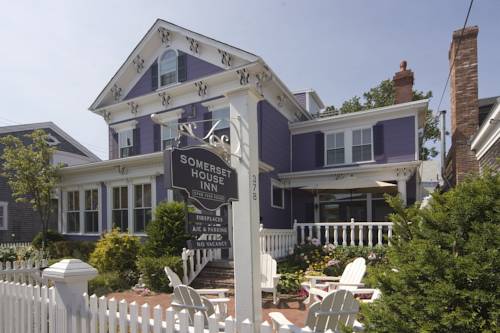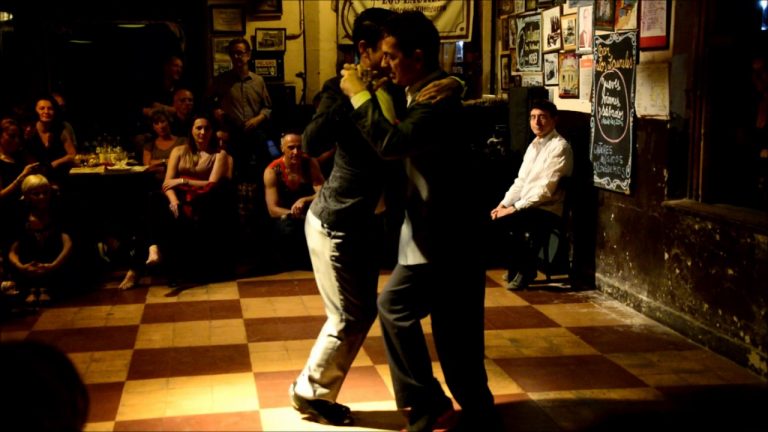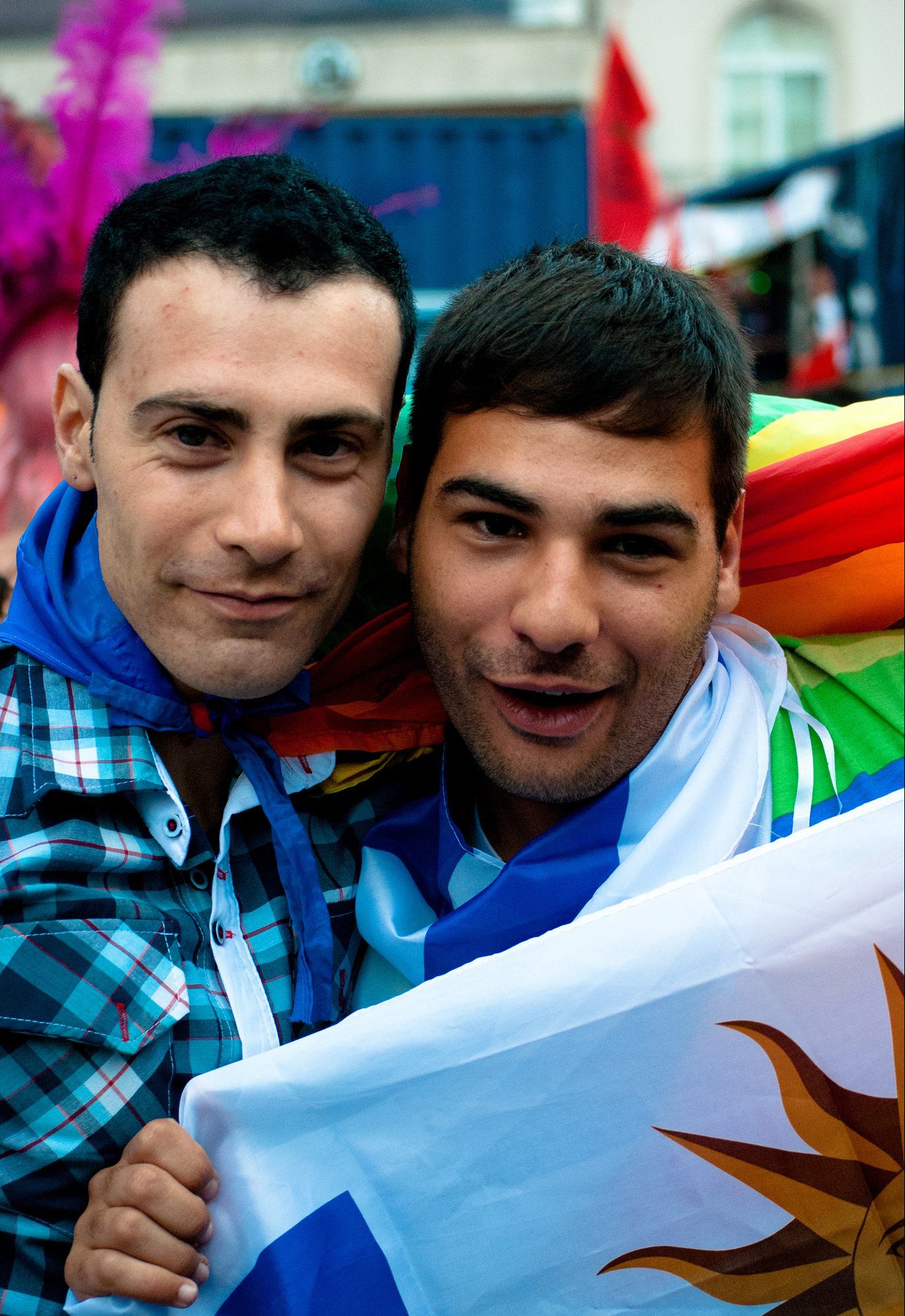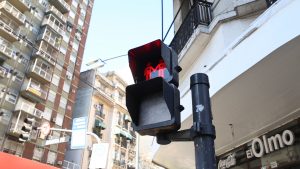Staying young at heart is certainly possible, but no matter what you do your skin will eventually show signs of aging.
I don’t consider myself a very vain guy in any way or form and I rarely freak out over aging but I still don’t want to look any older than I have to. And it’s always nice to get some attention from other guys who think you’re hot:-)
It’s up to you how much you let it bother you, but there’s no doubt that our society – and definitely the gay community – values a youthful appearance.
Aging is of course a totally natural process and getting rid of the signs completely is not possible, but you can slow down the process considerably so that your skin stays young and firm longer. Actually, in some cases you can even reverse it!
Fortunately, skin care is no longer reserved for women as it is equally important and necessary for men. So let’s look at few major ways to tackle aging and wrinkles, and how to ensure a healthy, glowing and more youthful skin.
Disclosure: This guide contains some affiliate links. If you purchase a service through one of these links B-Gay.com may earn a small commission (at no extra cost to you).
Sunscreen and Proper Skin Care
Sun exposure is one of the major reasons for early wrinkles and aging.
Step out in the sun only after applying a good sunscreen to your exposed skin, otherwise the harsh sunrays will do you more harm than good.
A new study in the journal Dermatologic Surgery, shows that sunscreen not only protects your skin, but can in fact reverse common signs of aging, like wrinkles and hyperpigmentation.
“There’s no such thing as a healthy tan.” -Dr. Walayat Hussain, dermatologist.
Also, a regular skin care routine can make a very big difference to your skin and slow down the aging process. The proper skin care regimen includes using the right cleanser and moisturizer for your skin type.
Kiehl’s Facial Fuel SPF 15. $35; www.kiehls.com
Selected best skincare range for men by Vogue.
Neutrogena Age Shield. $11; www.amazon.com
Arcona Men Productivity Cleanser. $42; www.skinstore.com
Arcona Men Proficiency Pads. $32; www.skinstore.com
Retinol and Anti-Aging Products
There are quite a few anti-aging products especially formulated for men available in the market place – at different price ranges.
Many products contain premium natural components that help revitalizing your skin, iron out wrinkles and reduce signs of aging. Experts have identified Retinol to be a very effective ingredient to fight wrinkles and skin aging. Pick products that have Retinol in them or consult a dermatologist to get the best Retinol equipped product for your skin.
“I don’t know anyone over age 25 who could not benefit from a nightly retinol product.” -Dr. Brooke Jackson MD, associate professor of dermatology at UNC at Chapel Hill.
SkinCeuticals Retinol 1.0. $72; www.skinstore.com
Neutrogena Rapid Wrinkle Repair Night Moisturizer. $16; www.amazon.com
Murad Retinol Youth Renewal Serum. $88; www.murad.com
Avoid Smoking
Stop smoking, reduce smoking considerably or switch to less harmful alternatives. Smoking is not only very harmful for your health but also enhances the skin aging process and can make you look older than you actually are.
Quitting is not easy, but with the right help and some useful tools you can definitely do it.
Nicorette Mini Lozenge Stop Smoking Aid. $37; www.amazon.com
Allen Carr’s Easy Way To Stop Smoking. $10; www.amazon.com
Eat Healthy and Exercise
Early skin aging could also be a sign of not eating right and not maintaining a healthy lifestyle.
To keep your skin young and glowing, eat as much leafy green vegetables and healthy fruits as possible. They contain large amounts of antioxidants which fight skin damaging free radicals.
Plus, drink lots of water and keep your body hydrated. Regular exercise and activities such as yoga will not only keep you healthy inside, but will also tackle aging outside.
Get Enough Sleep and Stay Away from Worries
Try never to miss out on sleep because stress and lack of sleep can be responsible for those wrinkle lines forming early. Also, try sleeping on your back as sleeping sideways can sometimes crumple the lines on your skin.
So there you have it. There are no magic pill, but keep your worries away, stay positive, stay healthy and make sure you get enough sleep. With a healthier lifestyle, and a few helpful products, you can postpone signs of aging and sometimes even reverse them.


